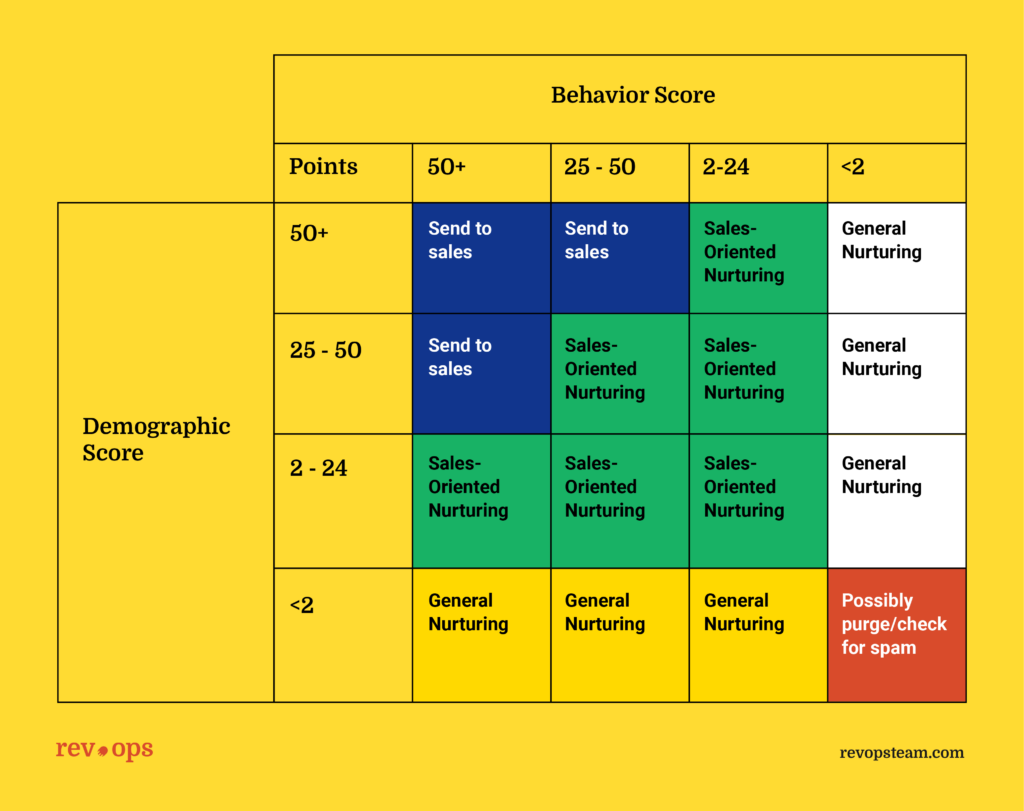The wheels of your lead generation machine are turning. Suddenly you're swimming in leads, but without a management strategy, few are converting. So what does effective lead management look like, and why should you even care?
Lead management is the backbone of turning curious prospects into paying customers. It’s the secret sauce for ensuring your hard-earned leads don’t fall through the cracks while keeping your sales and marketing teams aligned. Ready to dive into the core principles of lead management? Let’s do it.
What Is Lead Management?
Lead management is simply the process of tracking, organizing, and nurturing potential customers—your leads—throughout the sales funnel. Think of it as giving them the VIP treatment from the moment they show interest until they’re ready to buy.
Lead Generation vs. Lead Management
It’s easy to confuse lead generation and lead management, so let’s clear that up first. Lead generation is about creating interest in your product, like running a webinar or launching an ad campaign. Lead management, on the other hand, takes over once you’ve captured that interest. It’s about nurturing those leads, scoring them based on their likelihood to buy, and handing them off to your sales team at the right time.
Core Principles of Lead Management
Every SaaS startup’s playbook should include these foundational principles for lead management. They’re straightforward, actionable, and designed to make your life easier while driving results.
1. Focus on Your Ideal Customer Profile (ICP)
If you’re not crystal clear on who you’re trying to attract, it’s like throwing darts in the dark. Your ICP is a detailed description of the type of customer who is most likely to benefit from your product.
Here are some questions to nail down your ICP:
- What are their biggest goals and challenges?
- Where do they spend time online?
- What’s their preferred communication style?
Once you know your ICP, you can focus on creating campaigns that resonate with them instead of wasting time on the wrong leads.
2. Qualify, Score, and Segment Your Leads
Not all leads are created equal. Some are ready to buy, while others are just window-shopping. This is where lead qualification, scoring, and segmentation come in.
- Qualification: Is this lead a good fit for your product?
- Scoring: How likely is this lead to make a purchase? Assign a score based on their engagement, like attending a webinar or downloading an eBook.
- Segmentation: Group your leads into categories like industry, behavior, or sales stage.
By doing this, your sales team can focus on the leads with the highest potential, while marketing nurtures the rest.

3. Create a Lead Nurture Plan
Think of lead nurturing like dating—you don’t propose on the first date. Leads need consistent, personalized interactions to stay engaged and eventually convert.
Here’s a quick blueprint for a solid lead nurture plan:
- Welcome Engagement: Start with a friendly intro email.
- Deliver Value: Share helpful content like guides or checklists.
- Maintain Consistent Communication: Space out emails or touchpoints so you stay top of mind without overwhelming them.
- Drive Toward Conversion: Highlight success stories or offer exclusive discounts.
Automation tools like HubSpot or Marketo can do the heavy lifting, so you’re not manually sending emails all day.
Advanced Lead Management Tips
Let’s take it up a notch with some pro tips that will keep your pipeline humming.
Data Prioritization and Cleaning Your Lead Lists
Bigger isn’t always better when it comes to lead lists. Bloated lists with disengaged contacts can hurt your email deliverability and waste your budget. Focus on good CRM data hygiene practices like:
- Regularly scrubbing your lists to remove inactive contacts.
- Segmenting by engagement level so you know who to prioritize.
A clean list = better results.
Leveraging Lead Management Software
The right tools can transform how you manage leads. Popular options like Salesforce, Zoho, and Pipedrive help automate processes, track interactions, and ensure no lead gets forgotten.
When evaluating software, look for features like:
- Reporting dashboards for tracking performance.
- Integration with your CRM or marketing platform.
- Lead scoring capabilities.
A few of my favorites on the market right now are:
Aligning Sales and Marketing for Lead Management Success
Your sales and marketing teams need to be BFFs when it comes to lead management. Misalignment can lead to confusion, missed opportunities, and ultimately lost revenue.
Why Alignment Matters
When marketing and sales are on the same page, you get:
- Faster lead response times.
- Consistent messaging across the customer journey.
- Higher close rates.
Strategies for Collaboration
Here are a few ways to foster collaboration:
- Schedule regular alignment meetings to discuss goals and performance.
- Use shared KPIs to measure success.
- Create a clear process for handing off qualified leads.
Measuring and Optimizing Lead Management Efforts
You can’t improve what you don’t measure. Keep a close eye on these lead metrics to ensure your lead management system is working:
- Conversion Rates: How many leads turn into paying customers?
- Lead Response Time: How quickly are sales reps following up?
- Engagement Metrics: Are leads interacting with your emails, webinars, or other content?
Continuous improvement is key. Use data to identify bottlenecks and make tweaks to your process regularly.
Leads, Managed
Mastering lead management isn’t just about processes and tools—it’s about building relationships with your leads and creating a seamless journey from curiosity to conversion. By focusing on these core principles, you’ll not only scale your SaaS startup but also create a system that aligns your entire team toward driving revenue.
Remember, every lead is a potential long-term customer. Treat them like the valuable opportunities they are, and your business will thrive.
Ready to take your RevOps to the next level? Get expert advice, software reviews, and career resources to your inbox.
Not Sure Which Software to Choose?
We can help you find the perfect lead management software to grow your business.


